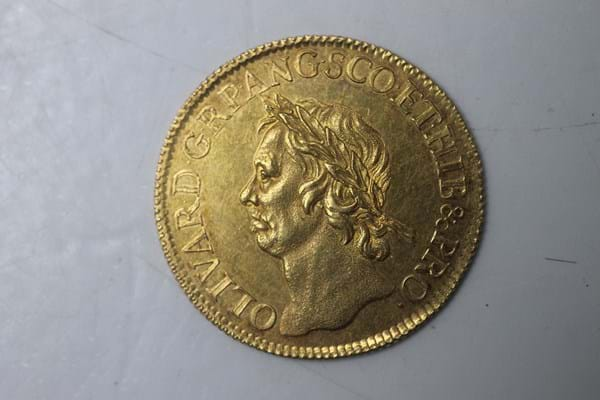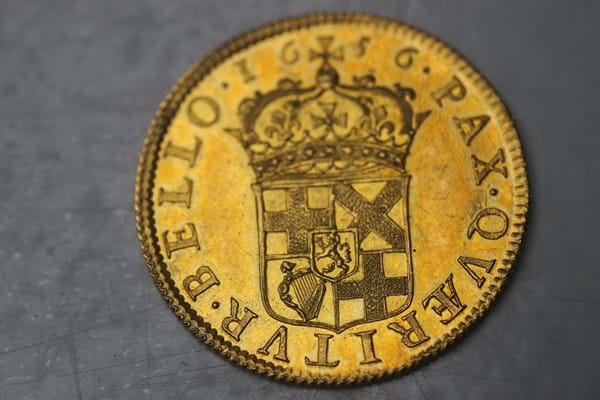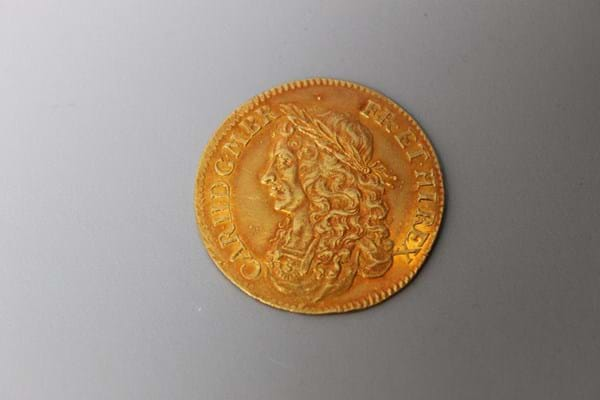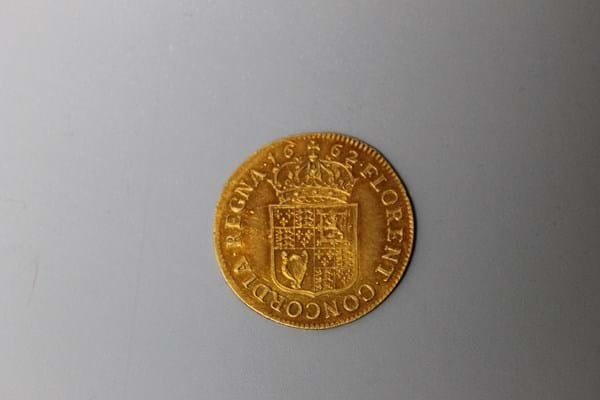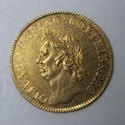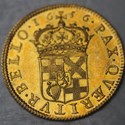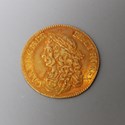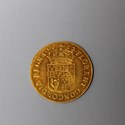The two coins became the highlight of Cuttlestones' sale on June 3. Dating from the periods of Lord Protectorate Oliver Cromwell and his adversary King Charles II the first coin, a rare 1656 Gold Broad of Twenty Shillings, bearing the profile of Cromwell as Laureate facing left to one side and the crowned shield of the Protectorate to reverse, sold well above its £8000-12,000 estimate at £22,000.
The less rare Charles II 1662 Gold Broad of Twenty Shillings hammered down at £11,000 despite a conservative estimate of £3000-5000. One of only approximately 3400 examples minted, the coin featured a bust of the recently restored monarch to one side and the crowned Shield of Arms to the other.
According to Cuttlestone's MD and head auctioneer, Ben Gamble, the 1656 coin is rare because it was “struck using what at the time was state of the art technology by Pierre Blondeau from a die engraved by Thomas Simon. The coin was part of an experimental run of the Frenchman’s minting technique and these first coins were minted in 1657 at Worcester House and then at Drury House before, method proven, production moved to the Royal Mint.
Gamble said the prices realised by the coins "surprised everyone – including the telephone bidders, who were out in force. The Cromwellian coin in particular is a very special example… it really got the enthusiasts in a spin.”
Both coins were consigned to the Midlands-based auctioneers by a local collector whose uncle had purchased them many years ago. His first time of consigning items to auction, he was “delighted” when he witnessed them both selling to a London-based bidder who had travelled to the Midlands to attend the sale in person.


